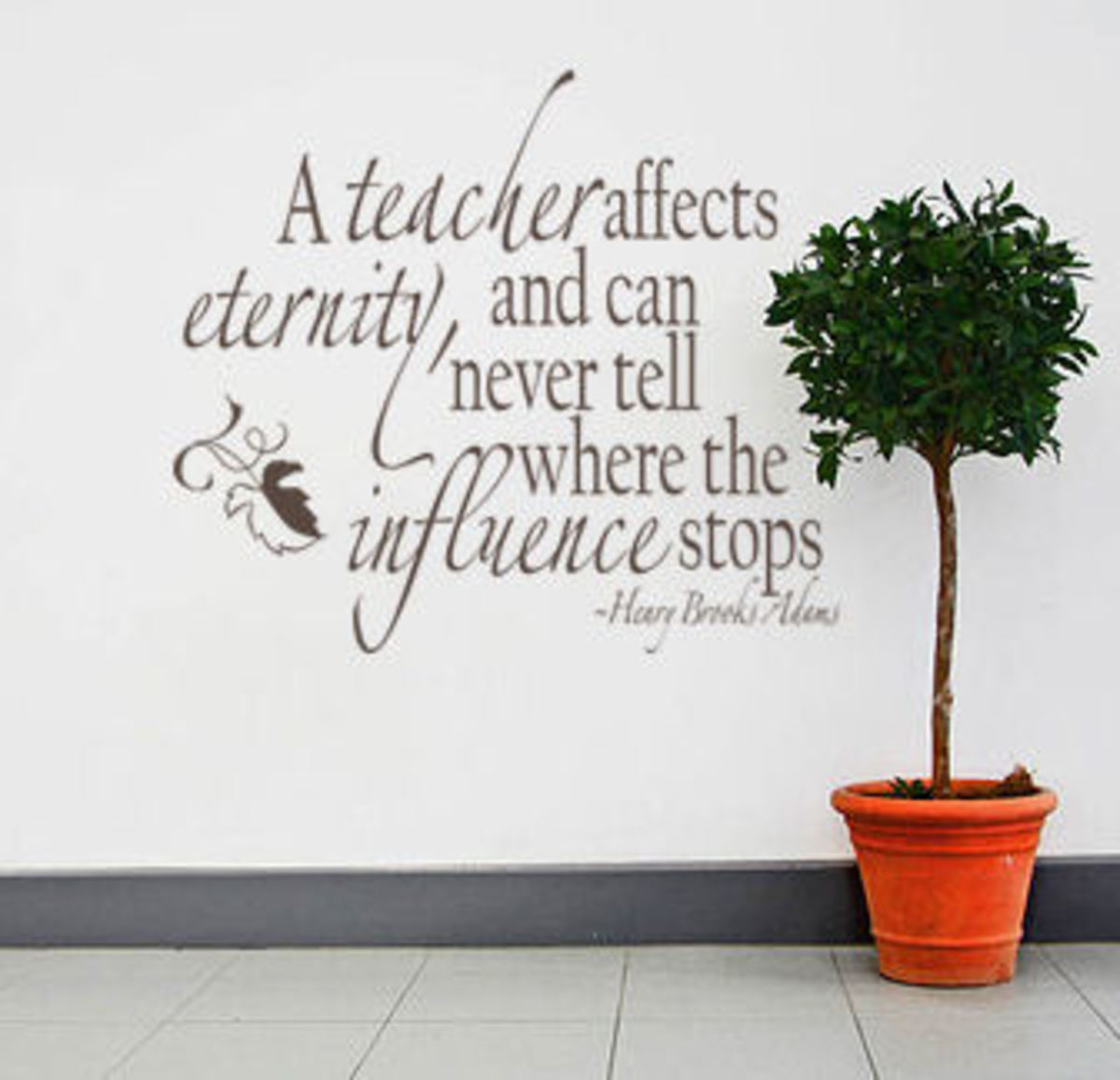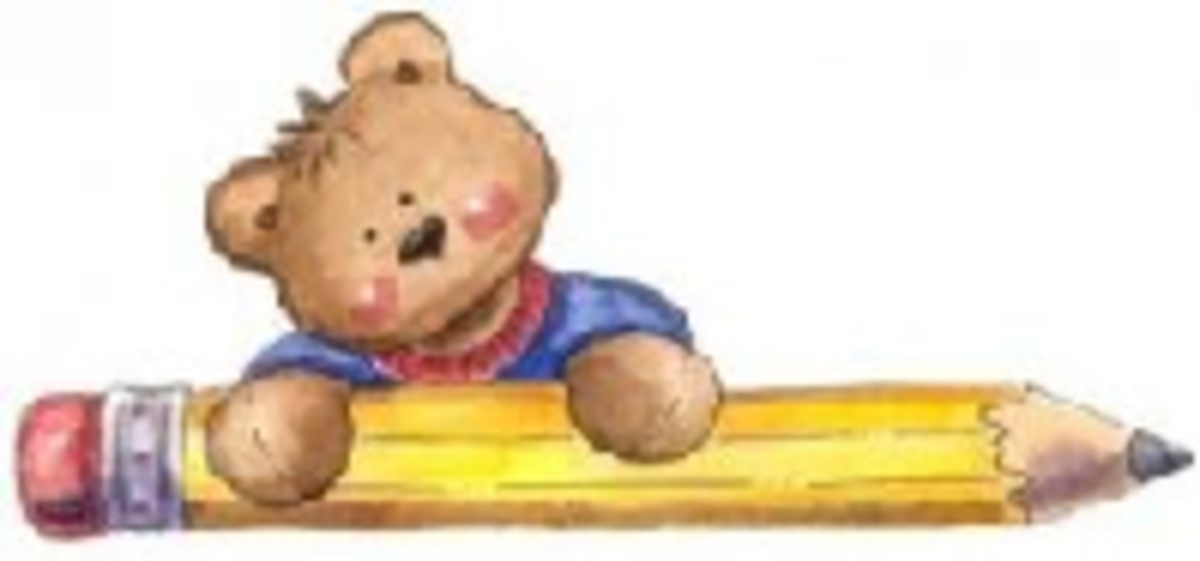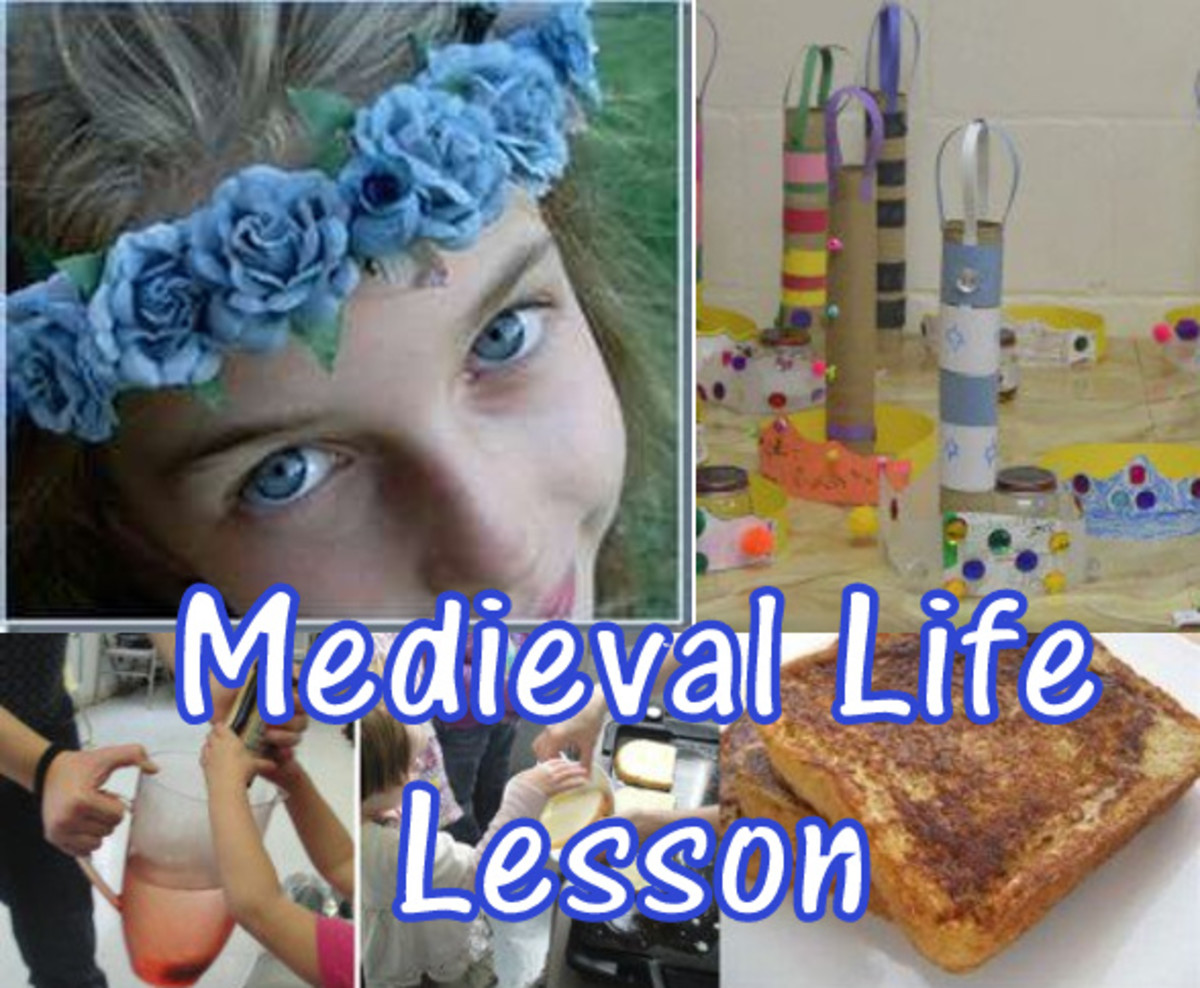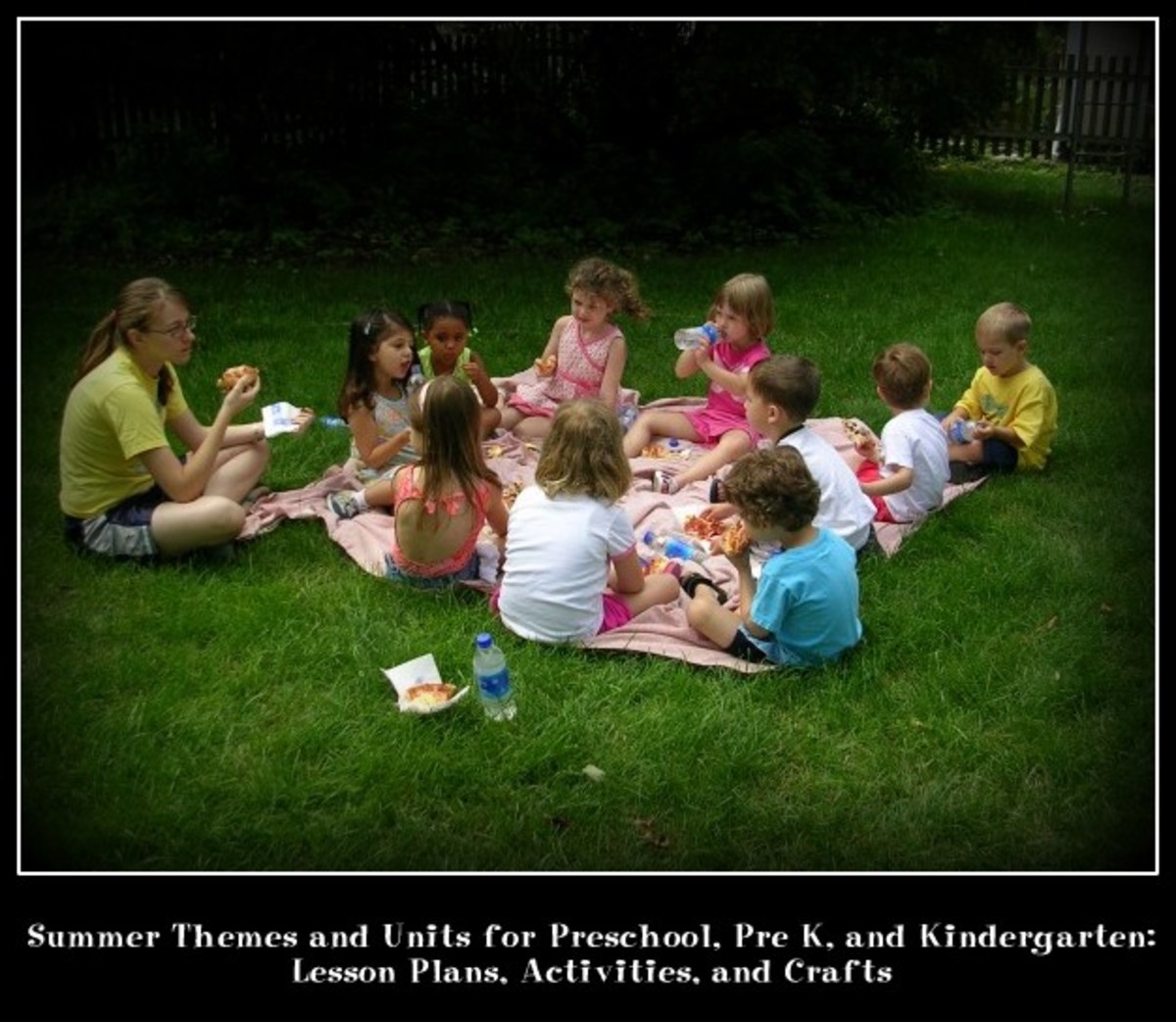Teach like a Champion: A book that has teaching techniques that work
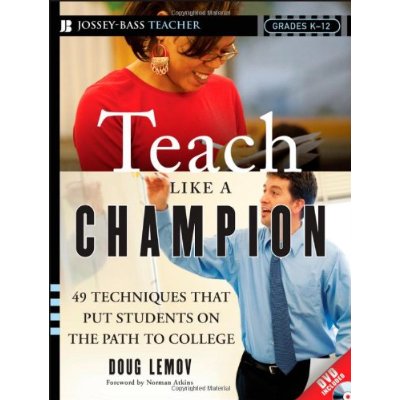
Great techniques to put students on the path to success
This book was mandatory in my college days during student teaching. I was like really another book with redundant information. But when I opened this book and skimmed through the pages I found a treasure. Teachers, especially new teachers, need easy to use guides to help mode their teaching skills and preformance.
What does this book have to offer?
This book includes a dvd with clips that show how the 49 techniques work. It has scenarios with teacher and student scripts right in the book, to really show how to use techniques in the right teaching situations. After each chapter there is a reflection and practice that gives a teacher a quick glance at all the important information learned in the chapter. Teachers need easy to use references like this one that will help them quickly find successful methods to better their skills. This book helps you lay a foundation in your teaching. To be a great teacher is not a magic act it is about focusing on the behavior of the student and understanding their strengths and or weaknesses.
The author Doug Lemov trains school leaders and teachers. In his introduction he stresses the importance of maximizing instruction through effective classroom procedures and doing what works. He says, "reminding students over and over that in this classroom it is always about doing things, even little things right and then better". The best teachers refine their techniques and make them better all the time. Lemov goes on to say that this book will take you from being merely good to great. He reminds teachers to first remember to couple these techniques with four strategic approaches that helps drive results: teaching assessed standards, using data, higher level lesson planning, and content/rigor. The techniques along with the approaches can make a good teacher even better. The techniques are not meant to be a formula but rather great tools that can be applied at a teacher digression. "There is a right and wrong time and place for every tool".
So what are some of the techniques?
Technique 1: No opt out
Key Idea: If you have a student in a scenario where they start unable to answer a question, it should end with them " answering the question as often as possible".
Often students opt out because they do not know or they are unwilling to give it a try. As effective educators our job as teachers is to re route the question back to the student again without wasting time doing meaningless lecturing. So if a child is asked a question and does not know, ask another student and end up cirling back to the original student. Provided that the classroom atmosphere feels safe and all the students understand that they are all there to learn, this technique can also help the child that is trying but just is not sure. Having the student ask for help from another student, and then answering the question is still effective. Basically you want the child to end up answering the question with an understanding. You do not want them to feel like they can opt out, everyone must learn and be accountable for what is being taught no matter what level they are on they will get to success. Student behavior is empowered by opportunity. If they feel they can get away with not trying or with avoiding they often will. Teachers must set high expectations.
Technique 2: Right is Right
Key Idea: "Set and defend a high standard of correctness in your classroom"
Many times teachers except all most right answers and just add details to make them a 100% correct. Not realizing that they have set "a low standard for correctness". Do not do the cognitive work for them, hold out and wait for the students, press them for right answers. In doing so they will understand that not only are the question you ask very important they are important to answer correctly. Please appreciate how they first answer and encourage them to come to the complete answer. This can be a whole group effort, like I said before, when students feel safe in their classroom they will feel free to learn together and not be embarrassed when they do not know but fully engaged in participating.
These are just the first two techniques, this book has a total of 49 techniques. I love this book because it helps teachers really plan and understand how to reach students in away that will be in the child's best interest. Teaching to test and worrying about teacher evaluations will be the least of your worries if you become a master teacher.
More Teaching Help
- Differentiation in the Classroom
Differentiation is the idea of varying a technique or task to recognize differences. For so long people have always seemed to think that there is one way to do things right. However, considering that we are all different individuals, coming from... - What are the roles of an effective teacher?
1.Facilitator:The teacher's purpose is to welcome learners to learn. The best teachers make learning very inviting. Would you want to learn in an uninviting classroom? Facilitating means to open up your class with a learning environment that is safe. - Beginner Teacher: Step by step procedure for turning...
Kronowitz says: - How to create a 5 E Lesson Plan
The 5 E lesson plan format is described and explained.

